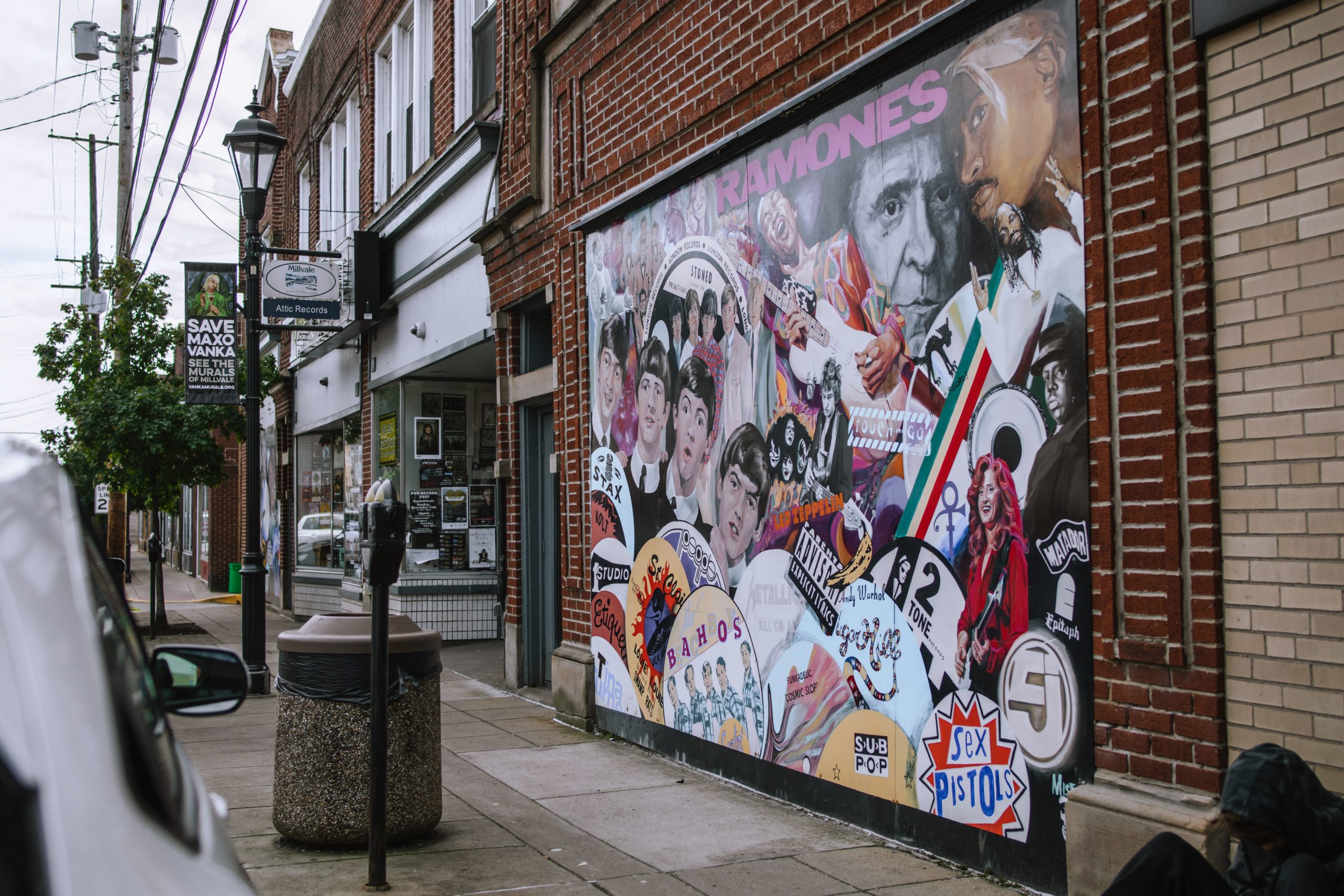In 2004, Sandy Kessler took a bunch of vinyl albums from the mud-splattered inside of The Attic Records and got to work.
Hurricane Ivan had unleashed a torrent of sludge through Millvale’s flood plains and destroyed hundreds of thousands of pieces of inventory in the vinyl shop, which had existed since 1980. The storm destroyed two large windows. As part of the rebuilding process, Frank Bohn, which inherited the store from his father, decided to replace it with a mural of imagery from throughout the history of recorded music.
“Me and my dad came up with the idea and [Kessler] just ran with it,” recalls Bohn, still behind the counter most days.
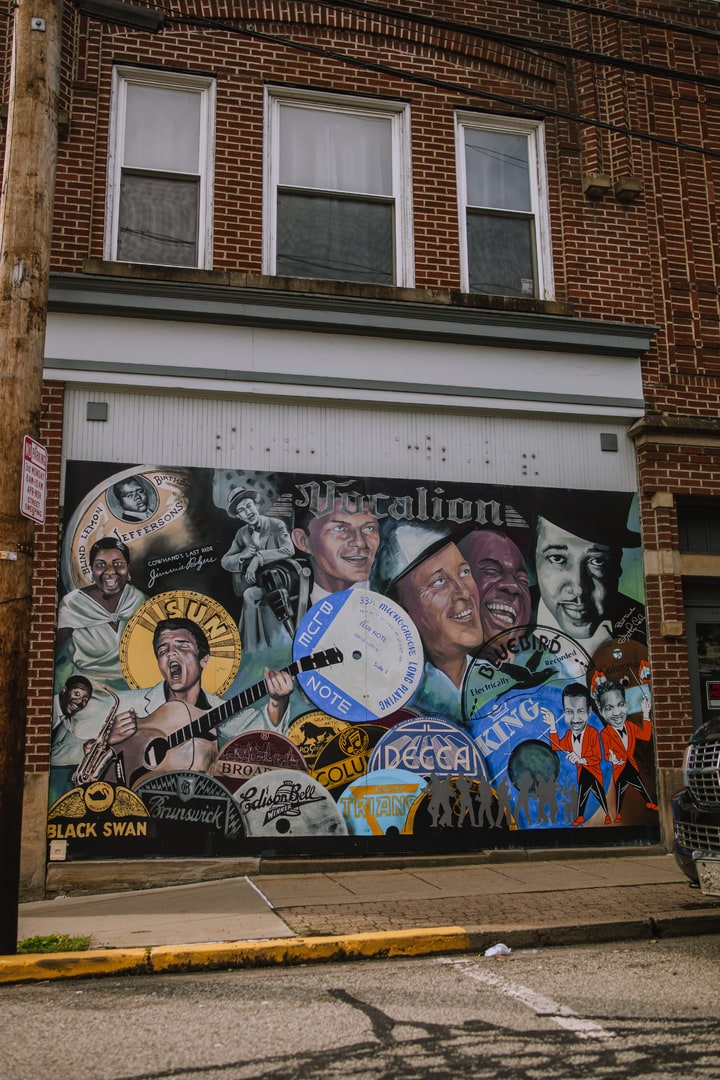
Roughly 70 Years of Recorded Music
The two panels are a walk through 70 years of sound, ordered roughly chronologically. The unmistakable faces of enduring legends — like Elvis Presley, The Beatles and Bob Dylan — stand alongside blues and jazz pioneers from decades long past on one end and ’90s-era hip-hop stars on the other.
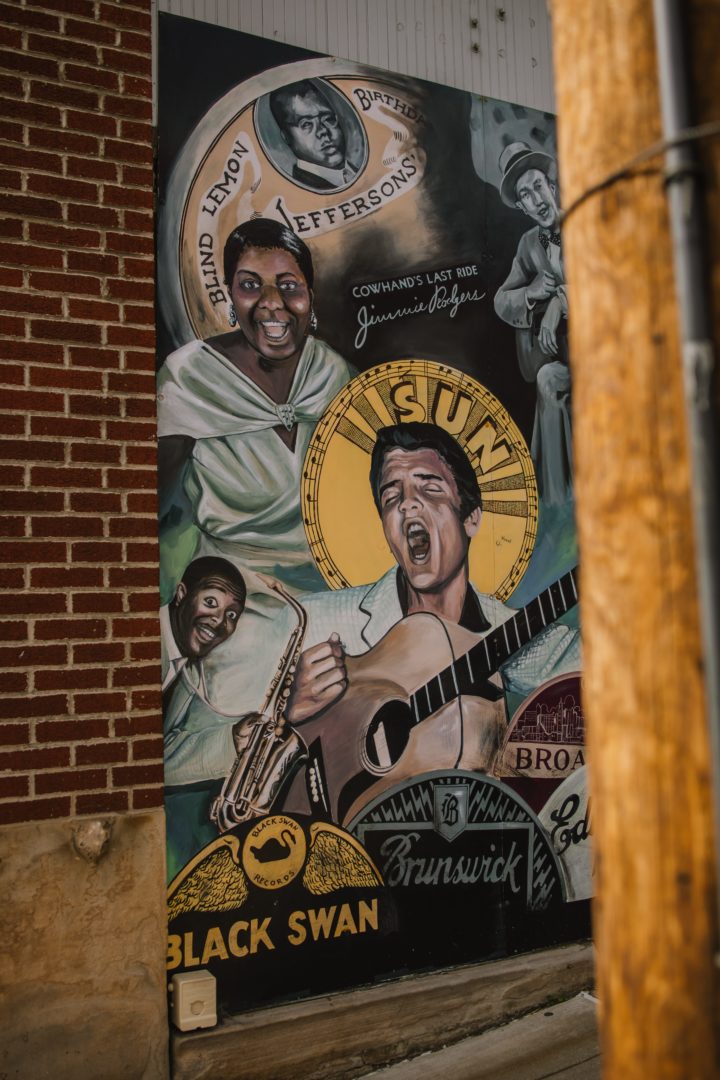
In the foreground is a hill scape of record labels — the actual stickers — from companies large and small, influential and obscure, plus a few symbols representing key moments in music history (the birth of the CD, the implementation of “parental advisory” stickers). In an area full of murals, it’s one of the most information-packed. Bohn said his record-collecting customer base is fond of taking selfies next to one of their idols.
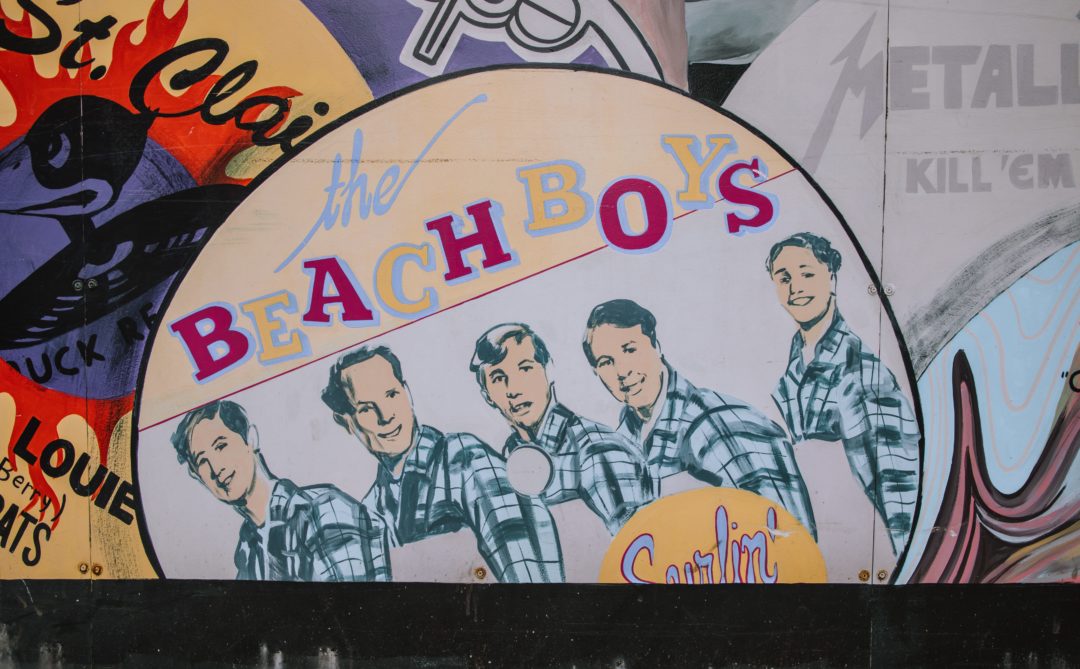
The first panel shows the pre-Beatles history, from the 1920s to the 1950s and the second, the ’60s through the years immediately preceding the mural’s completion. Fans can grumble about omissions. Where are rock pioneers Chuck Berry and Little Richard? How about David Bowie and Nirvana? Among the labels, where is Mo-Town? Or Chess? Or Atlantic?
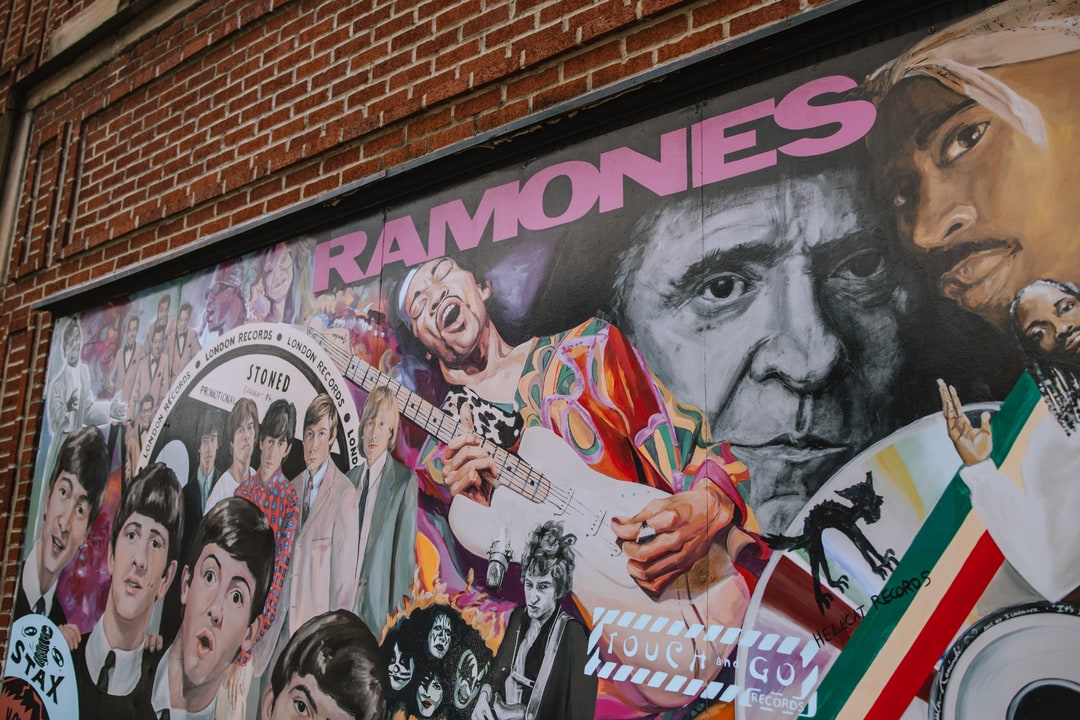
Don’t think of it as a designation for the most influential artists or labels, said Kessler, whose murals dot the Pittsburgh area. (She painted the hockey game in the lobby of the PPG Paints Area and the fish in the frying pan that overlooks the Strip District, among others).
“It was quite spur of the moment,” she says. “We came up with some ideas and then they just have me a [random] pile of records.” Kessler says the grab-it-and-go nature of the mural matches the spirit of record shopping, and who to include was not carefully planned.
There is much more to explore in Millvale

Check out our show Ed and Day in the ‘Burgh for the Millvale episode to learn more about where to find delicious eats and a sweet historic candy shop in Millvale.
Bohn says if he could add one person, it would be bluesman Muddy Waters. Kessler says she would insert the dancing figure of Michael Jackson.
People crossing Grant Street still absorb a lot of music history.
If you’ve ever been curious about any piece of it, here is an annotated guide to The Attic Records mural.
Attic Records Mural – Panel 1
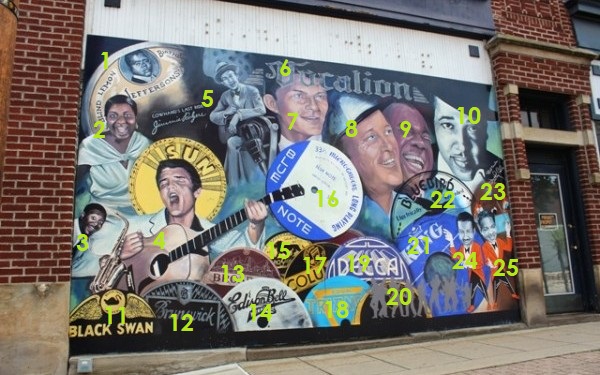
- This is a Paramount record label showing the face of 1920s bluesman Blind Lemon Jefferson. Paramount was a subsidy of a Wisconsin chair company that was one of the first record companies to sign black musicians and market to African-Americans. This one is stamped “birthday record” for a reason unknown; not even some encyclopedic online sources for records know why. (Some of Paramount’s Ma Rainey discs also got a “birthday record” designation.) Born in 1893, Jefferson is the oldest artist on the mural.
- Singer Bessie Smith, “empress of the blues,” who recorded from 1923 to 1933.
- Louis Jordan, saxophonist and jazz bandleader who began recording in the 1930s.
- Elvis Presley, king of rock and roll. This image was copied from the iconic photo on the first LP of Elvis’ material, released in 1956. Around his head like a halo is the label of Memphis-based Sun Records, the early home of ’50s rock superstars Elvis, Johnny Cash, Jerry Lee Lewis and Carl Perkins.
- Jimmie Rodgers, yodeler known as the “father of country music” who recorded from 1927 to 1933. Next to Rodgers is a bit of wording Kessler found on a record, identifying his 1933 song “The Cowhand’s Last Ride.”
- Vocalion, a label that began as a subsidy of a piano company in 1916, released songs by Billie Holiday, Earl Hines and other jazz pioneers before it was bought up.
- Frank Sinatra, “old blue eyes.”
- Bing Crosby, singer, actor and Armed Forces Radio Network personality who was an omnipresent cultural force in the 1940s and ’50s.
- Louis Armstrong, legendary trumpet player and gargle-voiced singer.
- Duke Ellington, jazz pianist, composer and bandleader who serenated Harlem starting in the early 1920s.
- Black Swan was one of the first black-owned labels and operated from Harlem briefly in the 1920s.
- Brunswick was a Detroit-based R&B label that lasted from the mid ’50s to the early ’80s. Its biggest successes were Jackie Wilson and The Chi-Lites.
- Broadway was a discount label that cheap sold jazz, country and blues through department stores from 1924 to 1935.
- Edison-Bell was an outgrowth of the Thomas Edison’s original patent on phonograph machines. (You know, the record player with the big horn.) The label began in 1892 and cycled through a few early forms of recorded music before the vinyl era. It lasted until the 1930s.
- MGM Records was a subsidiary of Metro-Goldwyn-Mayer, the Hollywood studio that produced The Wizard of Oz and Gone With the Wind. Founded in 1946 to release soundtracks to its films, MGM Records branched into pop and country, signing Conway Twitty and Bob Wills and His Texas Playboys. On the label is the parent company’s trademark lion and motto “gratia artis” (art for its own sake).
- Blue Note Records, founded in 1939, helped guide the path of jazz for decades. Among its artists were Duke Ellington, Herbie Hancock, Thelonious Monk and John Coltrane. It’s now a subsidy of the Universal Music Group conglomerate.
- Columbia Records grew out of the Columbia Phonograph Company, one of the original record player manufacturers, and has been a major multinational label for decades with countless multiplatinum albums. Its roster has included Bob Dylan, The Rolling Stones, Johnny Cash, Bruce Springsteen, Miles Davis, Frank Sinatra, Pink Floyd, The Clash, Beyoncé, Adele, Aerosmith and AC/DC. It is currently owned by Sony.
- This label, which appears to say “Equal Triangle,” is a mystery. Bohn doesn’t recognize it and said it may be a foreign label.
- Decca Records operated in both the UK and US, from the 1930s until its absorption into the Universal Music Group. It was a significant company, known for technical innovations, the invention of the “original cast” Broadway album and as onetime home to Louis Armstrong, Billie Holiday, The Rolling Stones and The Moody Blues. (It famously turned down The Beatles.)
- These nine figures represent the “big band” era of the 1930s when the lush, polished sound of large ensembles with brass sections filled music halls.
- King Records was a Cincinnati-based label, began in 1943, that prided itself on its “hillbilly” sound, dressing its country artists in cowboy hats and flannel. Before it petered out in the 1970s, King branched into R&B and launched James Brown’s career.
- Bluebird Records was a low-cost producer of jazz and blues records that operated in the 1930s and ’40s.
- This is another Columbia Records label, a flag design that was briefly used from 1923 to 1925.
- Wynonie Harris, “blues shouter” who charted in the 1940s and ’50s and was a bridge between blues and rock and roll
- Roy Brown, another ’50s-era singer whose work was a precursor to rock
Attic Records Mural – Panel 2
For panel 2, we’ll dispense with some of the descriptions and links as many of these mid-to-late 20th century artists are still well known.
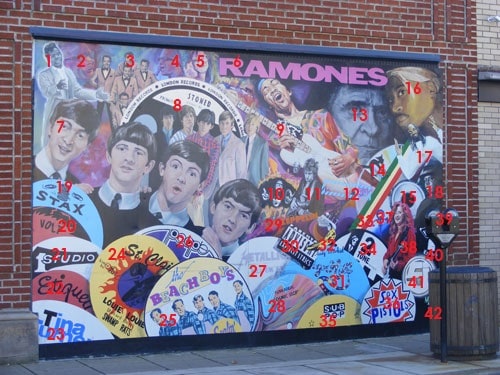
- James Brown
- Ray Charles
- The Temptations
- Stevie Wonder
- Janis Joplin
- The logo of the punk band The Ramones. It appeared in this pink hue on their third album, Rocket to Russia, from 1977.
- The Beatles, from their early mop-top era. From left to right: John, Ringo, Paul and George.
- The Rolling Stones. Behind the band is a label from London Records. This was a subsidy of the American branch of Decca used to release acts signed to the British arm of Decca. For legal reasons, these songs were not released under the Decca label in the U.S.
- Jimi Hendrix
- Kiss
- Bob Dylan
- Touch and Go started in 1979 as a fanzine for underground and punk music, based in Chicago. Its publishers decided to utilize their resources and audience to release one-off singles by then-obscure acts, putting out hundreds of songs in the 1980s and ’90s. Calexico, Urge Overkill, Ted Leon and the Pharmacists and Nirvana are among the artists featured on a Touch and Go record.
- Looming in the background is the face of legendary country artist Johnny Cash, active since the 1950s. Cash was transferred to this side of The Attic mural because of his renewed success in the ’90s and ’00s.
- This frightened feline is the logo of Hellcat Records, a subsidiary of Epitaph (see 40) that began in Los Angeles in 1997 as a home for subgenres of punk. Its roster has included Tiger Army, Operation Ivy and The Dropkick Murphies.
- A CD, meant to mark the transition to digitized music. The compact disc was invented in 1980 and became the top-selling music format in 1991.
- Tupac Shakur
- Snoop Dogg
- The Notorious B.I.G., born in 1972, he’s the youngest artist featured on this mural
- Stax, a label and studio, was founded in Memphis in 1957. Led by star Otis Redding, it popularized Southern soul music in the 60s. Other artists who recorded with Stax (or one of its subsidies) include Sam and Dave, Wilson Picket and The Staple Singers. It folded in 1975.
- Volt was a sister label of Stax, created to avoid the appearance that DJs were prioritizing or over-promoting Stax, which dominated the soul market until the rise of Mo-Town.
- Studio One, nicknamed “the Mo-Town of Jamaica,” was a label and recording studio that was essential in commercializing the island’s music. Operational from 1954 to 1980, its artists included Bob Marley & the Wailers, Lee “Scratch” Perry and Toots and the Maytals.
- Etiquette was a small label formed by the Tacoma, Washington, band The Wailers (no relation to Bob Marley’s backing band) in 1961 and which had some success putting out the work of other low-fi American ’60s bands, including The Sonics and The Kinetics.
- This is name of immortal singer Tina Turner, as stylizing on her 1991 greatest hits album.
- This record label is a tribute to local music, requested by Bohn. It belongs to ’60s-era Pittsburgh garage rock band The Swamp Rat’s abrasive take on the oft-covered “Louie, Louie,” released on a forgotten label, St. Clair. The band recorded several punk-ish versions of popular songs (the b-side is “Hey Joe”) in the mid ’60s before dissipating.
- The Beach Boys. A photoshoot of the band in matching flannel, together holding a surf board, produced several photos that were used on sleeves of the band’s early singles.
- People Records was the third and most successful in a succession of labels owned by James Brown. Lasting from 1971 to 1976, People released albums by Brown and his associates, including Lyn Collins, Bobby Byrd and the J.B.’s.
- The label to Metallica’s 1983 album, Kill ’Em All, a seminal one for heavy metal.
- The label to 1973’s Cosmic Slop, one of Funkadelic’s more challenging efforts.
- The name of Led Zeppelin, as it was stylized on the cover of their 1969 self-entitled debut.
- The “parental advisory” sticker, well-known to Generation X and millennial CD buyers, was introduced by the Recording Industry Association of America in 1985, as a response to congressional hearings and criticism about the supposed rise of violent, sexual and druggy lyrics across popular music. Of course, some artists wore theirs as a badge of honor.
- This is the label that appeared on “Rapper’s Delight” by the Sugar Hill Gang, usually considered the first hip-hop song. The band and some friends formed Sugar Hill Records to independently release the song in 1979.
- This floating banana attached to the signature of locally born luminary Andy Warhol comes from Warhol’s design for the cover of 1967’s The Velvet Underground and Nico, the debut album of The Velvet Underground and a starting point for the entire concept of alternative rock.
- This tri-color bow of the Rastafarian colors of green, yellow and red symbolizes the arrival of Jamaican reggae artists, like Bob Marley, Desmond Dekker, and Jimmy Cliff, on the U.S. and U.K. charts starting in the ’60s.
- 2 Tone Records, operational from 1979 to 1985, helped popularize ska, British acts of Jamaican influence and ancestry and the “rude boy” subculture. It was founded in London by members of The Specials and signed the Selector, Madness and The Beat.
- Sub Popis a Seattle label, founded in 1986, that fostered the grunge sound and acted as a stepping stone for one-time alt-rock locals like Mudhoney, Soundgarden, and Nirvana. Its current roster includes Band of Horses and Fleet Foxes.
- The ransom note cutout logo of the seminal British punk band The Sex Pistols.
- Prince, in 1993, changed his name to this unpronounceable symbol.
- Bonnie Raitt
- Matador is an indie label founded in New York City in 1989. It has signed a slew of acclaimed acts from the 90s onwards, including Cat Power, Liz Phair, Queens of the Stone Age, Interpol, Pavement, Sleater-Kinney and Sonic Young.
- Epitaph Records, founded in Los Angeles in 1980 by Bad Religion guitarist Brett Gurewitz, helped push punk into the mainstream with releases by Rancid, NOFX, The Offspring and, of course, Bad Religion.
- The logo of respected alternative hip-hop band Jurassic Five, in use since their 1997 debut EP.
- The ghoulish logo of The Misfits. Its omnipresence on their merchandize has turned it into a punk icon.
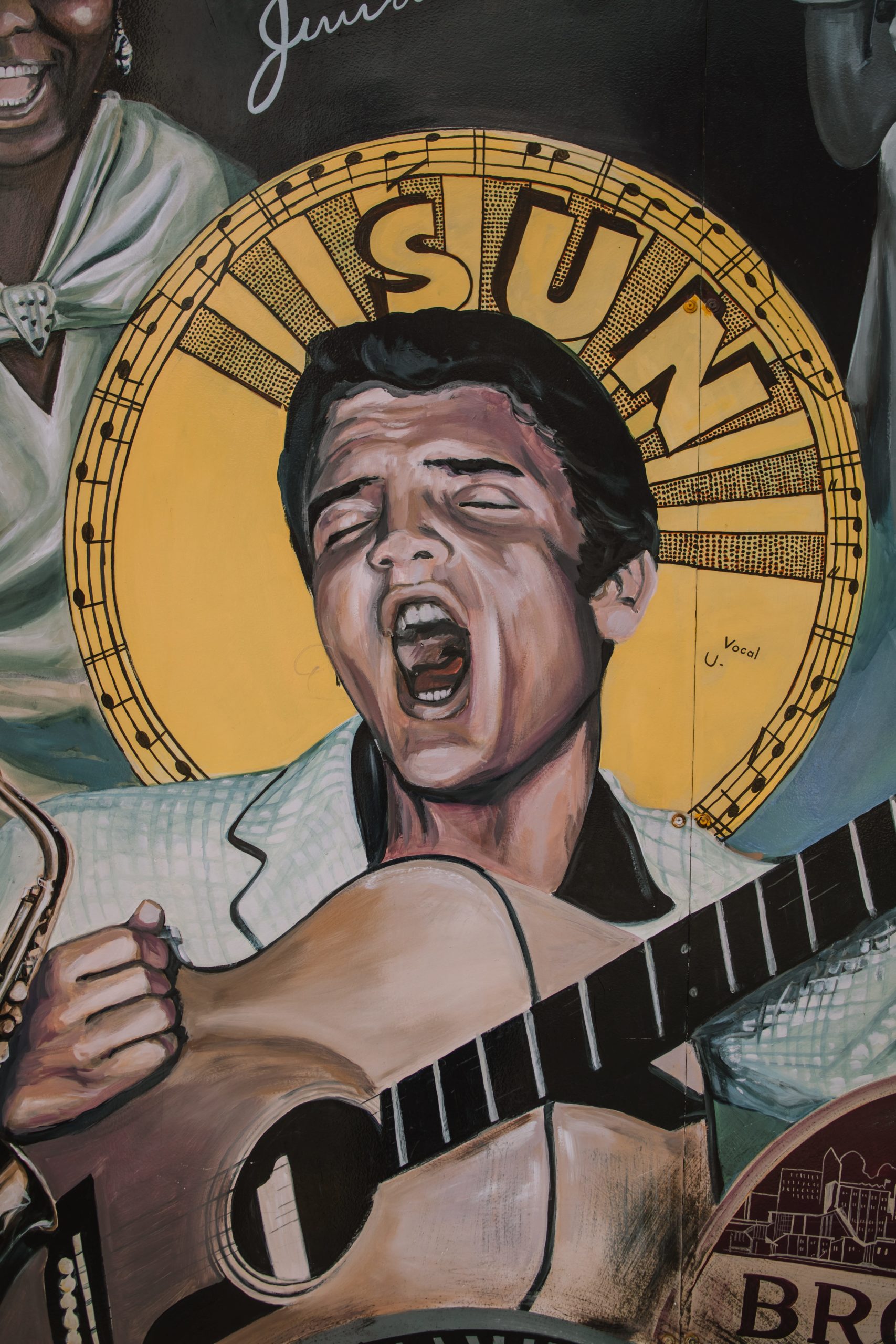
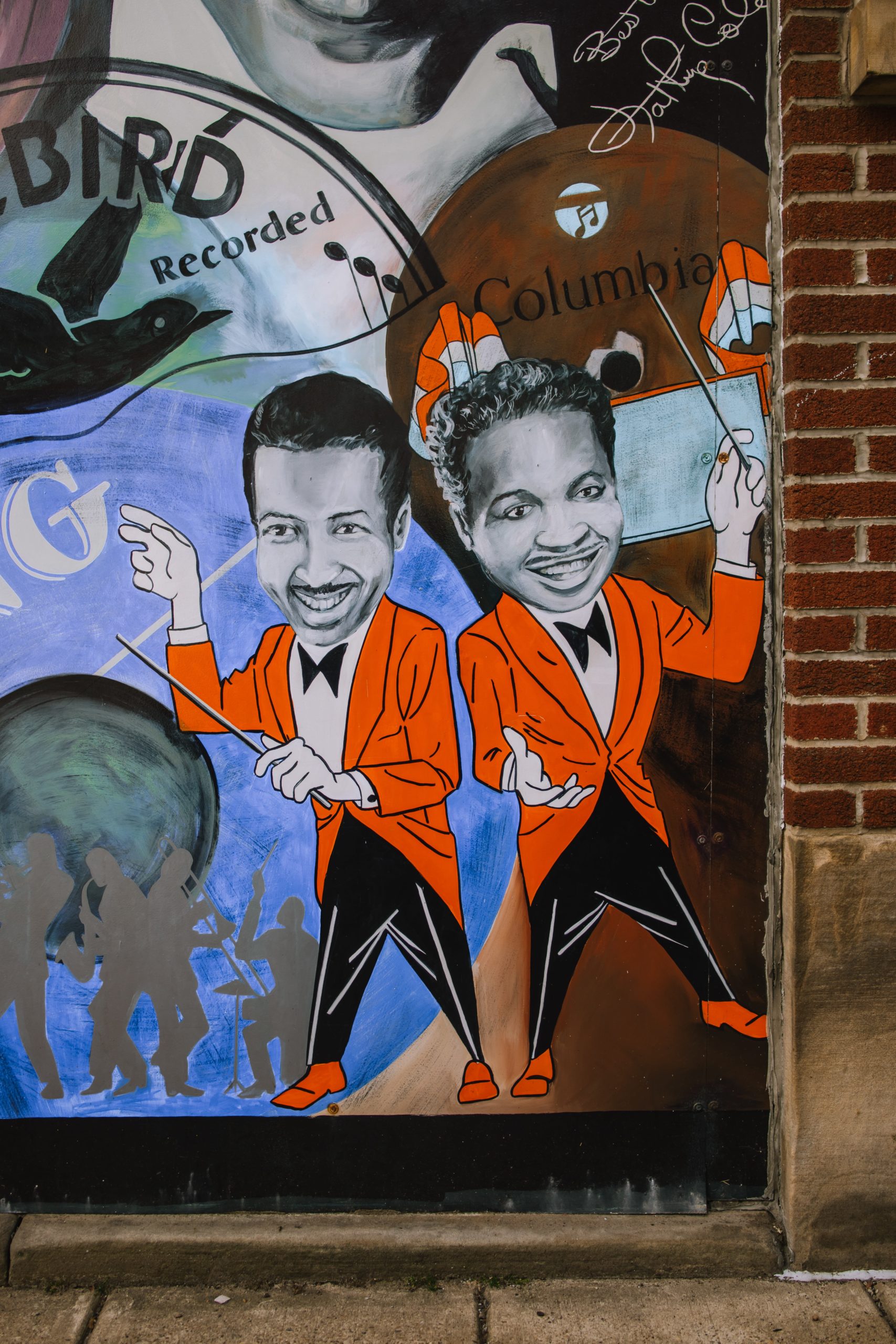
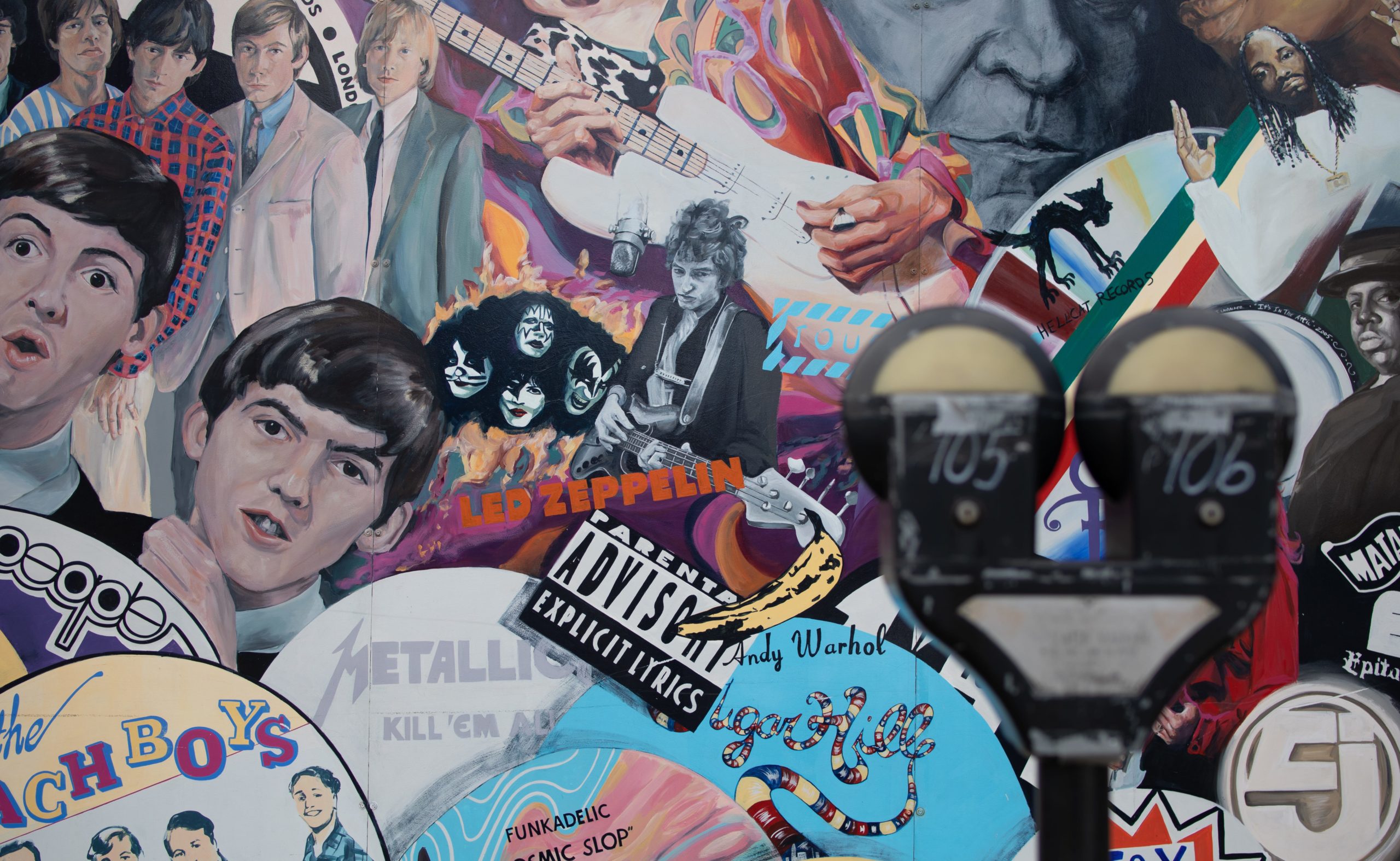
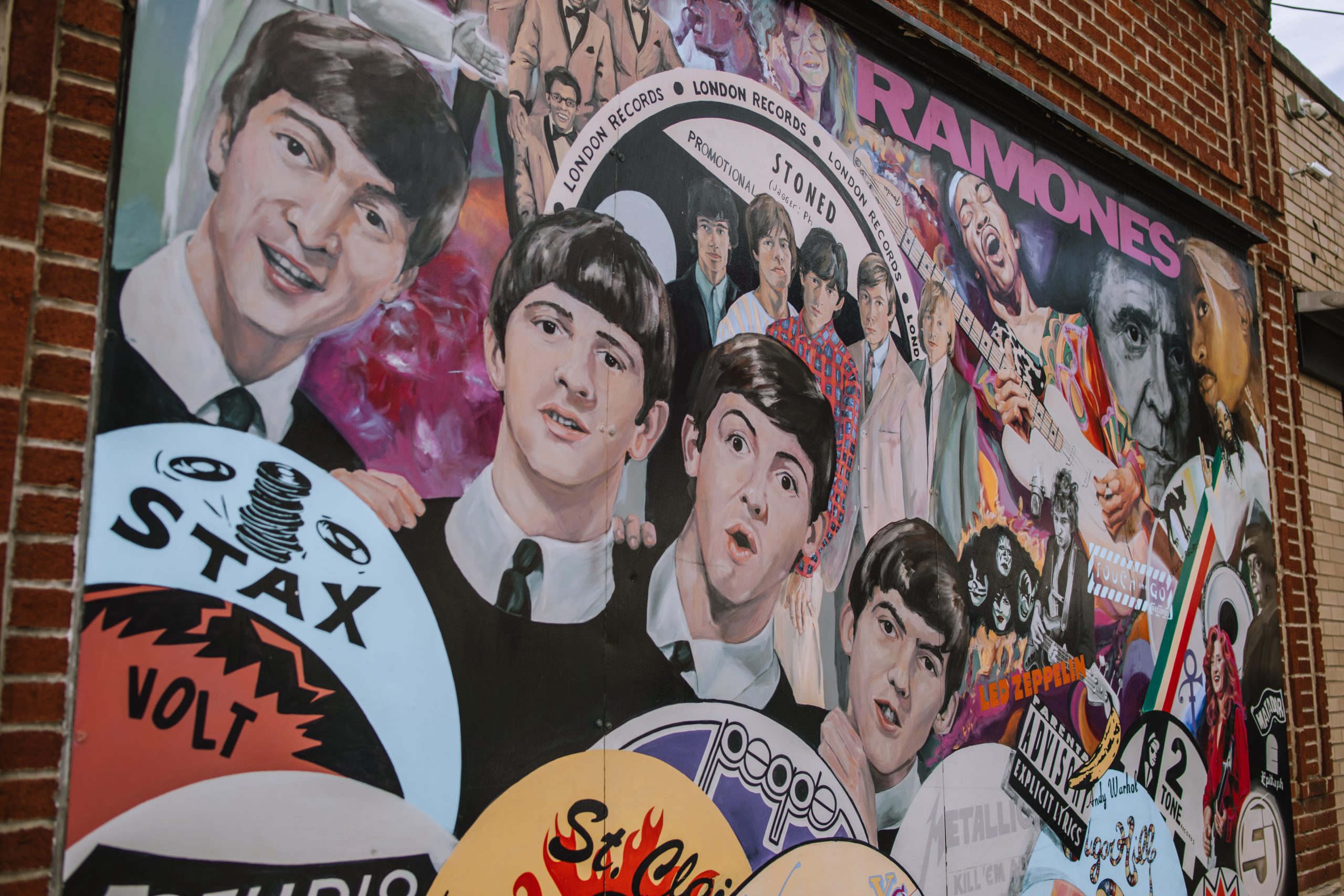
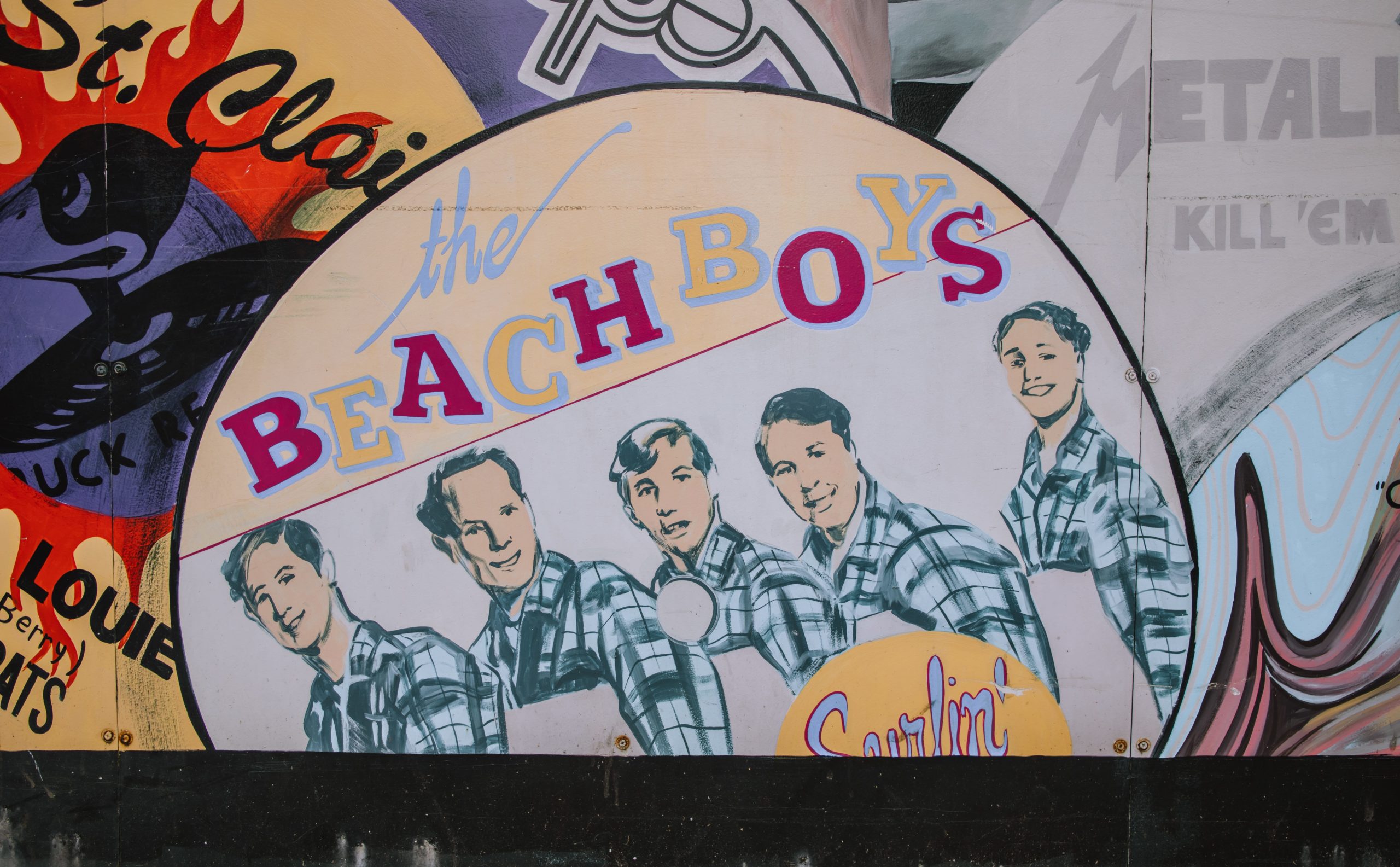
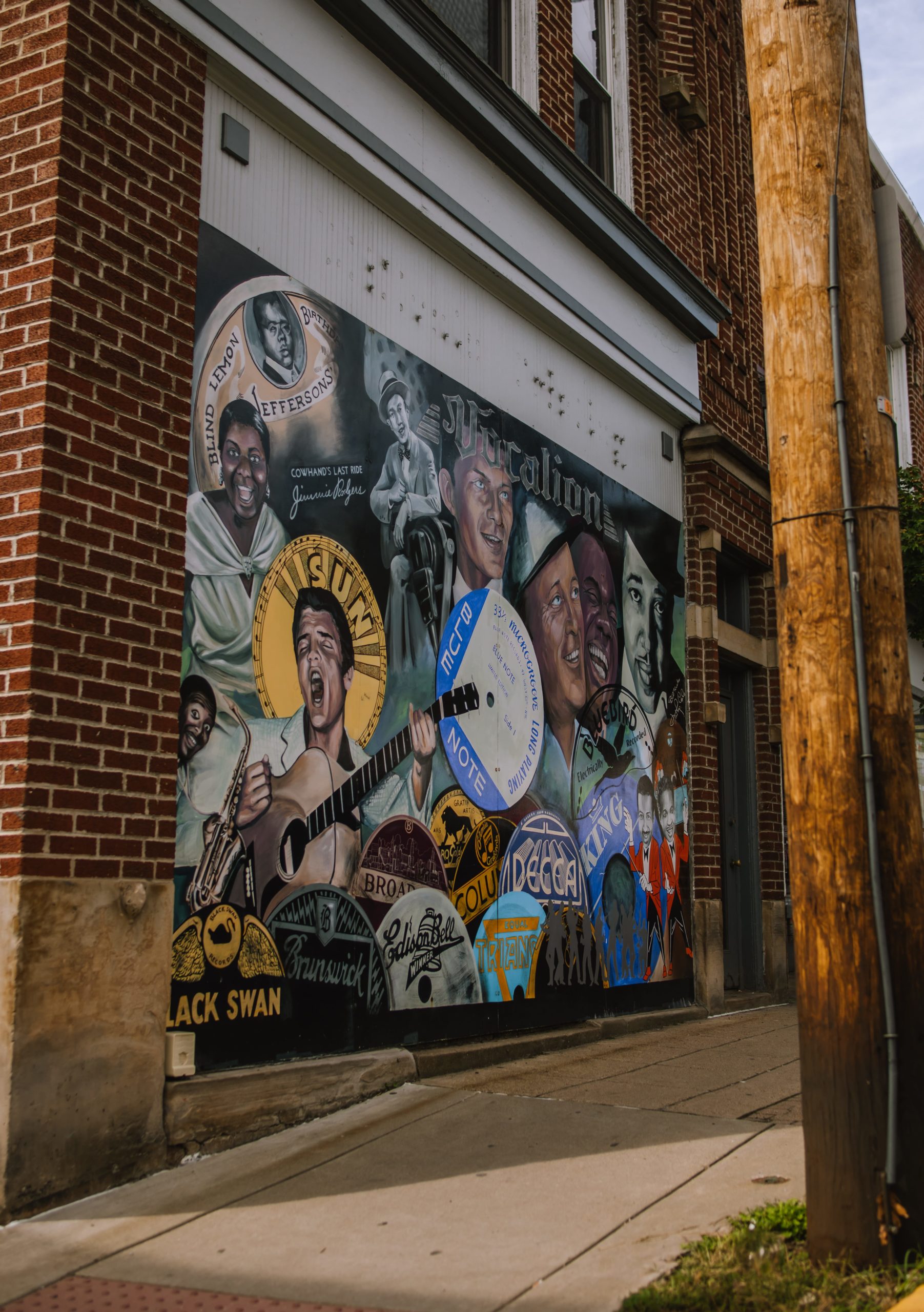
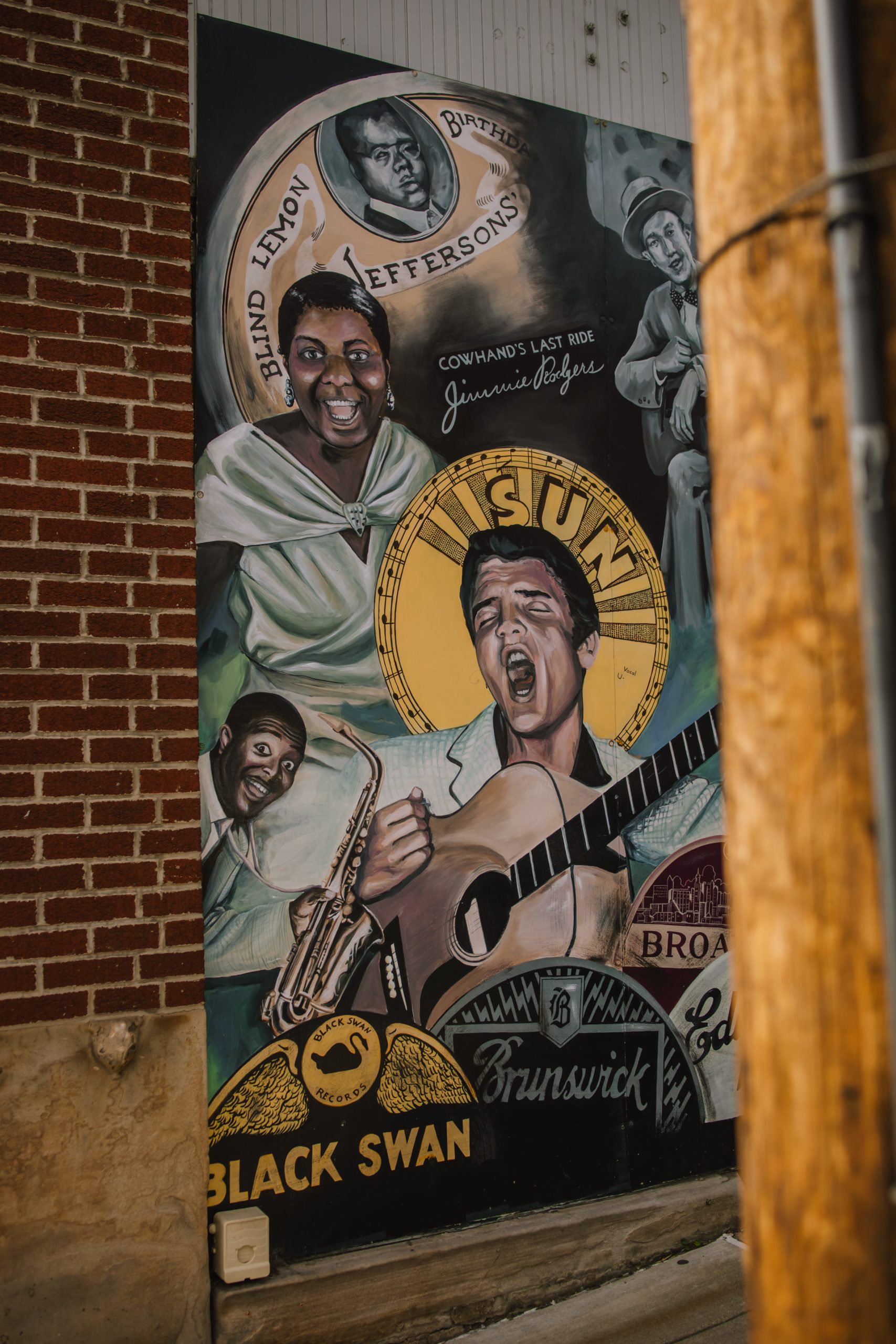
All photos by Julie Kahlbaugh

